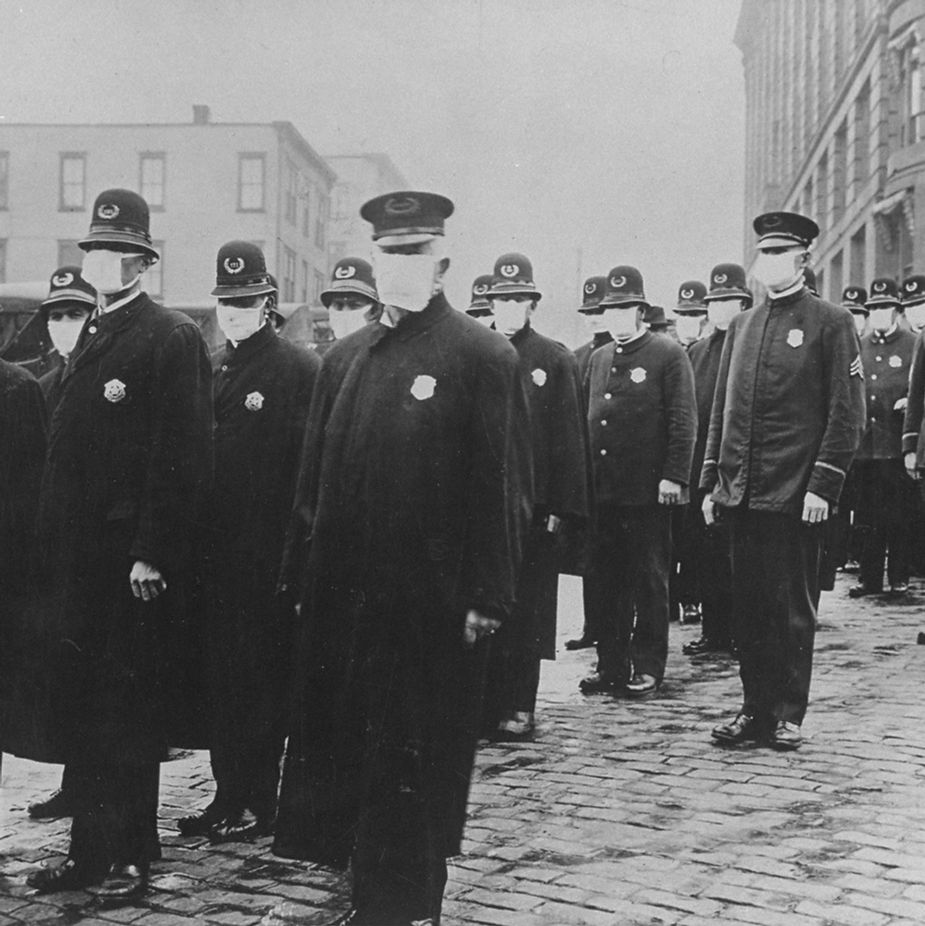
The 1918 flu pandemic was probably one of the most deadly global outbreaks in history. From its beginning to end the influenza strain that emerged during the First World War has an oft-debated death toll, but most scientists and historians agree that it was somewhere between 17 million and 100 million people. The Black Death of the fourteenth century and the AIDS epidemic of the twentieth century each killed more, but what is remarkable about the 1918 epidemic is the swiftness of its action, with one historian noting that the 1918 flu killed more people in 24 weeks than AIDS killed in 24 years.

American Policemen during the outbreak wore masks but definitely didn’t observe social distancing…
The 1918 flu was perfectly placed to wreak havoc on the European population as it thrived in crowded conditions – much like those found in trenches and camps across war-torn France, Germany and Belgium. As well as this, as it occurred at the end of the war the thousands of exposed soldiers travelling home on boats and trains easily transmitted it to previously unaffected regions. The symptoms were gruesome and deadly and the disease primarily affected the respiratory system resulting in terrible coughing and a victim’s skin – especially their lips – would turn a shade of blue or black as their system struggled to get enough oxygen. Extreme blood loss also resulted from violent and sometime projectile nose bleeds along with profuse vomiting. Like the sweating sickness we looked at a couple of weeks ago, it was extremely fast-acting, resulting in death in just a matter of days – and sometimes in just one.
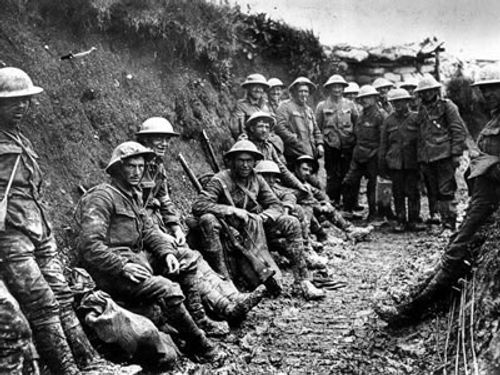
The trenches were the perfect breeding ground for the virus
One of the most devastating aspects of the 1918 flu was the fact that unlike most flu outbreaks, it didn’t just affect the very young and the very old – this strain had a particularly harsh effect on those aged between 25 and 35, a group usually presumed to be safe. Scientists are still not entirely sure why it had such a profound effect on the young and healthy, but it may be due to the fact that it caused something known as a ‘cytokine storm’, which is when a healthy immune system essentially overreacts to a virus or illness and sends an inordinate number of white blood cells to fight the infection. These white blood cells release ‘cytokines’ which in turn activate more white blood cells and the body enters a cycle or ‘storm’ of massive inflammation which can result in shock and organ failure. As a result, during this particular pandemic, a healthy immune system was actually a disadvantage more than an asset, and millions of young people that had survived the fighting on the front ended up falling victim to the flu instead.
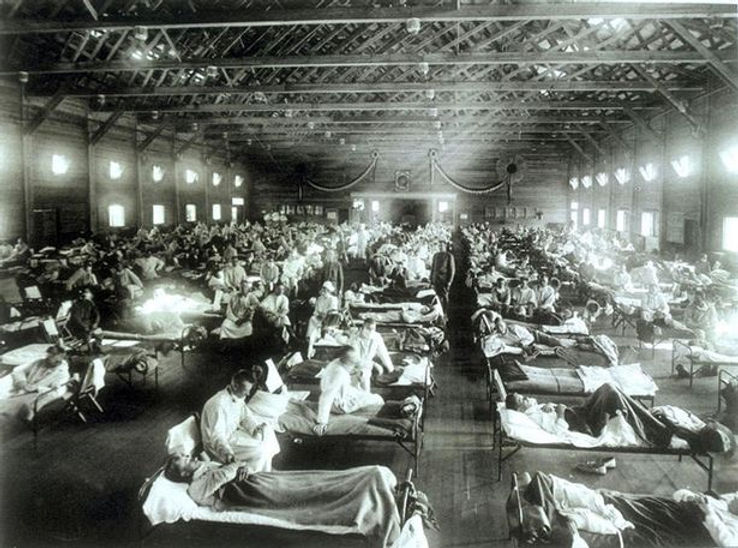
So why is it so often called the Spanish flu? Did it first break out in Spain, or was the country unusually hard hit? In fact there was nothing unique about the Spanish experience of this strain of flu outside of the way the state handled it. As we mentioned already, the flu broke out towards the end of World War One, and while this bloody, devastating war was still going on, most governments were determined to reduce public panic and so made the choice to restrict press coverage. This news embargo was imposed across Britain, France and Germany, with stories of soldiers dead and dying left out of newspapers and bulletins in an attempt to hide the disease that was worsening matters at the front. In Spain though, such an embargo was never enacted due to the fact that they remained neutral in the war and so they reported freely on the spread of the disease, especially when their King, Alfonso XIII contracted it. Due to this open coverage and honesty from the Spanish government and press, many got the impression that it was much more virulent and deadly in Spain than anywhere else, and so the name ‘Spanish Flu’ just stuck.
https://youtube.com/watch?v=7tR8CWidq4Q%3Fautoplay%3D0%26mute%3D0%26controls%3D1%26origin%3Dhttps%253A%252F%252Fwaterfordtreasures.wixsite.com%26playsinline%3D1%26showinfo%3D0%26rel%3D0%26iv_load_policy%3D3%26modestbranding%3D1%26enablejsapi%3D1%26widgetid%3D1
So what happened in Ireland? With less soldiers in the war than many of our neighbours and existing as a small island on the periphery of Europe, did we experience the same devastating effects? The disease itself arrived on Irish shores between May and June on 1918, around six months after its probable emergence (the location of which is hotly contested and could have been anywhere from France to America). There was a lot of mystery surrounding the disease in Ireland from the very beginning owing to the news embargo across Europe, all most knew was that it was deadly and had something to do with the war, and so in Ireland many people referred to it as ‘Flanders Grippe’. Many didn’t even know that it was a strain of influenza due to its emergence in the summer.
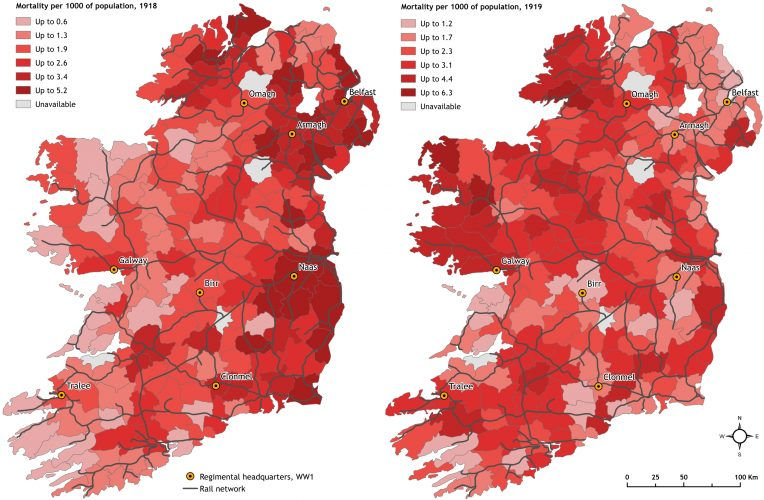
A map produced by Trinity College Dublin which shows the spread of the virus
The disease came in three main waves, from a smattering of cases in May of 1918 to a full-blown deadly outbreak in autumn of that year, and another moderate wave the following spring. Cases were so numerous in October that in some port cities and towns there was barely a single house that didn’t have at least one case of the flu. In Waterford, things were no different, Vincent White, the sole dispensary doctor working in the city at the time ( A dispensary doctor worked primarily with the poor and working class in an area, being their only option for medical aid outside of a workhouse doctor) recalls an ‘endless’ stream of calls from affected families that kept him working without break, ‘night and day’. Public service across the country broke down with local postmen being taken ill, policemen finding themselves laid up, shopkeepers forced to close when they simply didn’t have any staff left and so few gravediggers left in Dublin that coffins were stacked 18-high in the Union Hospital Mortuary.
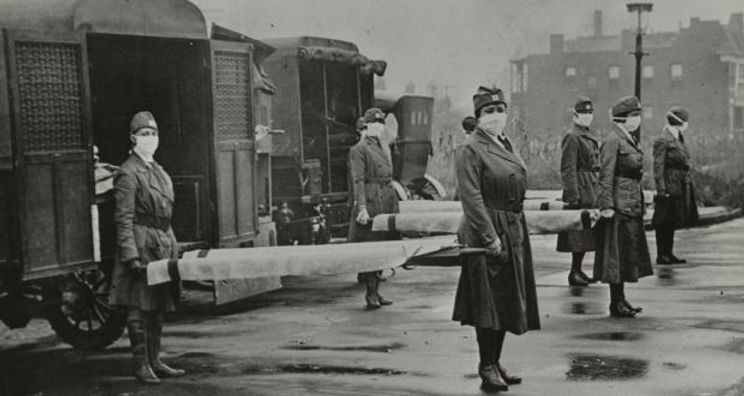
Government secrecy was such that it wasn’t until the Spring 1919 outbreak that the government recognised it as ‘notifiable’ and the one notice issued in 1918 was so difficult to read that many ordinary Irish people didn’t fully understand what they were being told. We weren’t alone in the poor response, in fact only one country worldwide actually instituted an effective lock-down: the island nation of Australia who kept all ships offshore for the period of the quarantine and monitored temperatures before allowing anyone ashore (fun history fact: did you know that the word ‘quarantine’ comes from the Italian quarantina and refers to the period of forty days that a ship suspected of carrying disease was kept offshore to prevent spreading it?). In Dublin, effects were slightly lessened by the notices released by the Dublin Corporation and Sir Charles Cameron, who warned patients to keep to their homes and not get out of bed until they were entirely better, as well as advising those who could afford to do so to remain cocooned at home. Many took his advice, with the wealthy only sending servants to get ‘messages’ rather than risk their own lives!
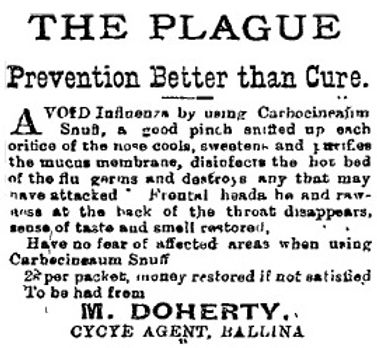
Treating it was difficult though, as a virus there was no real treatment for the initial symptoms and hospitals were ill-equipped to treat the secondary illnesses like pneumonia that came with it. As well as that, antibiotics would not be discovered for another ten years and hospitals were close to bursting under the added strain of so many patients. In Ireland, there is a long history of herbal medicine and local cures, and with the arrival of the 1918 flu, many households and towns had their own remedies. Some swore that snuff was a perfect foil, while others believed that the foxglove flower could clear the lungs and prevent the deadly pneumonia that went hand in hand with the illness. In Tallow, Co. Waterford, they ‘cut an onion in two halves and put one half in one corner of the room in which the person is sick and put the other half in one of the three other corners.’ believing that it would draw out the flu. All in all, Ireland was less badly off than most, though according to Dr. Ida Milne, author of Stacking the Coffins: Influenza, War and Revolution in Ireland 1918-1919, Ireland still saw approximately 800,000 cases and at least 23,000 deaths from this deadly virus. This could have been worse but crucially, it could also have been prevented.
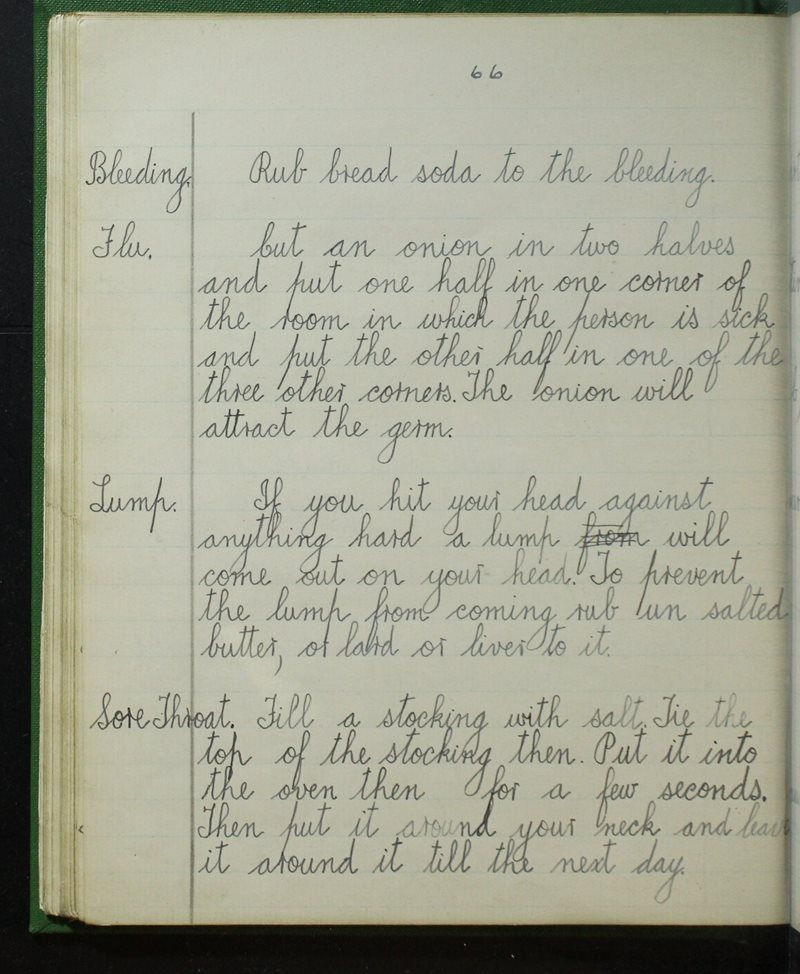
Many people online at the moment are comparing our current pandemic with the events of 1918, but while there are certainly similarities, the cases are still very different. For one thing, the government responses to the 1918 flu were marked by secrecy and a total lack of information – the outbreak wasn’t even recognised as a virus until the 1930s! Today we have more medical knowledge and a constant stream of reliable tips and solutions to overcome the mounting problems a global pandemic can cause. In 1918, millions of young and old alike died due to attempts to quash the panic, but we know what we’re dealing with. Do your part, #StayHome and save lives.
Further Reading:
If you’re interested in the Spanish Flu then check out this page about the National Museum of Ireland’s exhibition ‘The Enemy Within: the Spanish Flu in Ireland, 1918-19‘, as well as these useful links:
‘What was life in Ireland like during the 1918 flu pandemic?’ Dr. Ida Milne and RTE Brainstorm, https://www.rte.ie/brainstorm/2020/0309/1121159-ireland-1918-flu-pandemic/
‘About the Spanish Flu’, National Museum of Ireland, https://www.museum.ie/Country-Life/Exhibitions/Previous-Exhibitions/The-Enemy-Within/About-the-Spanish-Flu
Spanish flu: How Belfast newspapers reported 1918 pandemic, Eimear Flanagan for the BBC, https://www.bbc.com/news/uk-northern-ireland-51818777
‘The Deadly Trail of the Spanish Flu through Ireland in 1918’, The Irish Examiner, https://www.irishexaminer.com/breakingnews/lifestyle/features/the-deadly-trail-of-the-spanish-flu-through-ireland-in-1918-868857.html


